Small bucket elevators come in various types, each designed to cater to specific material handling needs and operational requirements. Here are some common types of small bucket elevators:
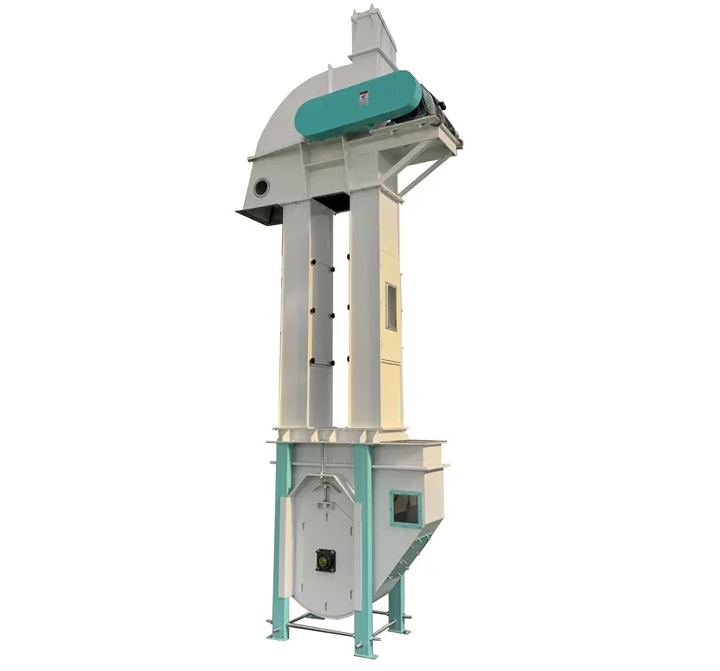
1. Centrifugal Bucket Elevators:
Operating Principle: Centrifugal force is used to discharge material from the buckets as they move over the head pulley.
Applications: Ideal for handling fine, free-flowing materials such as grains, pulses, and seeds.
Features: Suitable for high-speed operations and can handle materials with minimal damage.
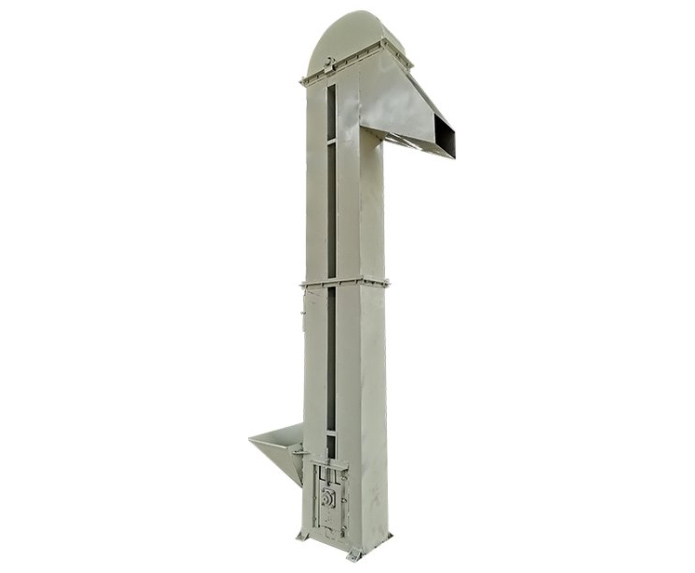
2. Continuous Bucket Elevators:
Operating Principle: Buckets are closely spaced on a belt or chain and continuously scoop and discharge material.
Applications: Suitable for handling abrasive or sluggish materials that may not discharge well with centrifugal elevators.
Features: Offers gentle handling of materials and can operate at lower speeds compared to centrifugal elevators.
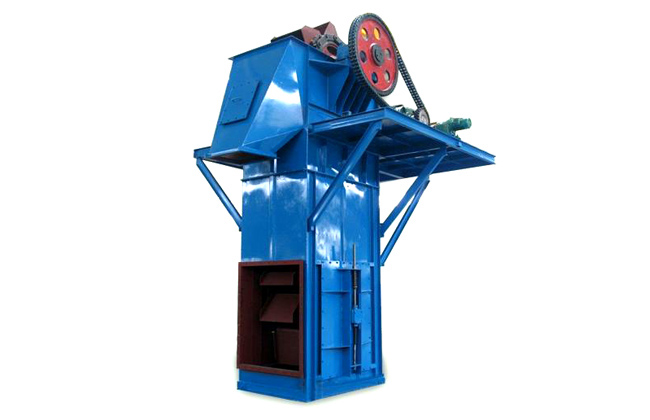
3.High-Speed Bucket Elevators:
Operating Principle: Designed for high-speed operations to achieve higher throughput rates.
Applications: Suitable for industries requiring rapid material handling, such as mining, cement, and food processing.
Features: Built to withstand high-speed operations and maintain material integrity during quick conveying.

4. Hybrid Bucket Elevators:
Design: Combines features of different types of bucket elevators to meet specific material handling requirements.
Applications: Customized solutions for handling unique materials or operating conditions.
Features: Offers versatility and adaptability to handle a wide range of materials effectively.
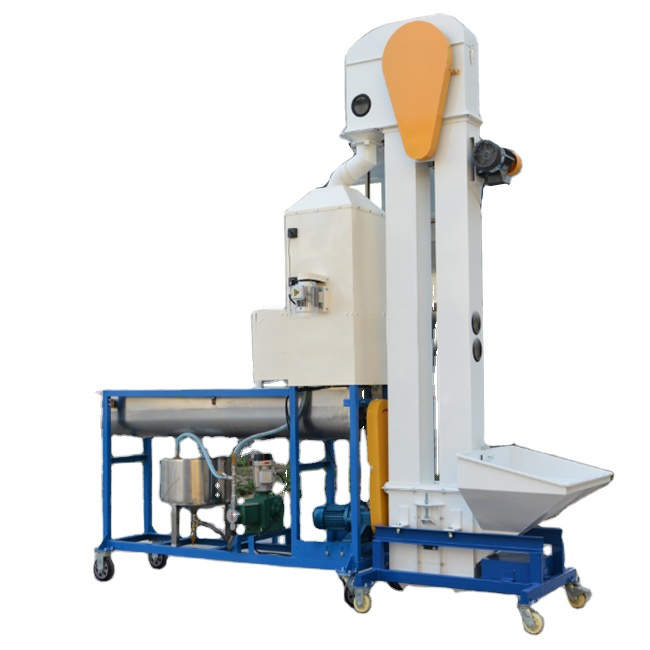
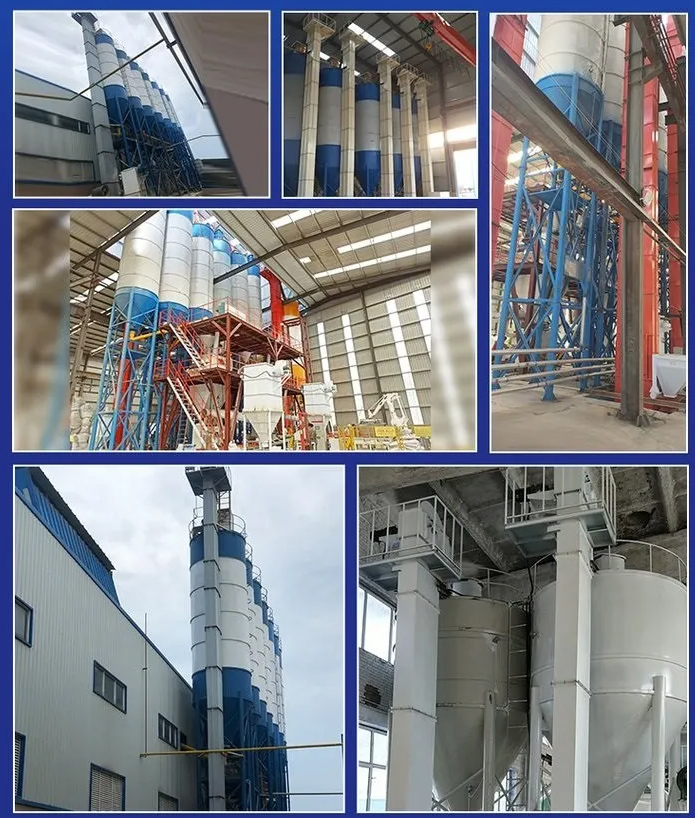
Each type of small bucket elevator has its own advantages and is suitable for different applications. When selecting a small bucket elevator, consider the material characteristics, operating conditions, space limitations, and required throughput to choose the most appropriate type that meets your specific material handling needs.
Address:China,Yanjin county forest park gate to the west 1000 meters north road.